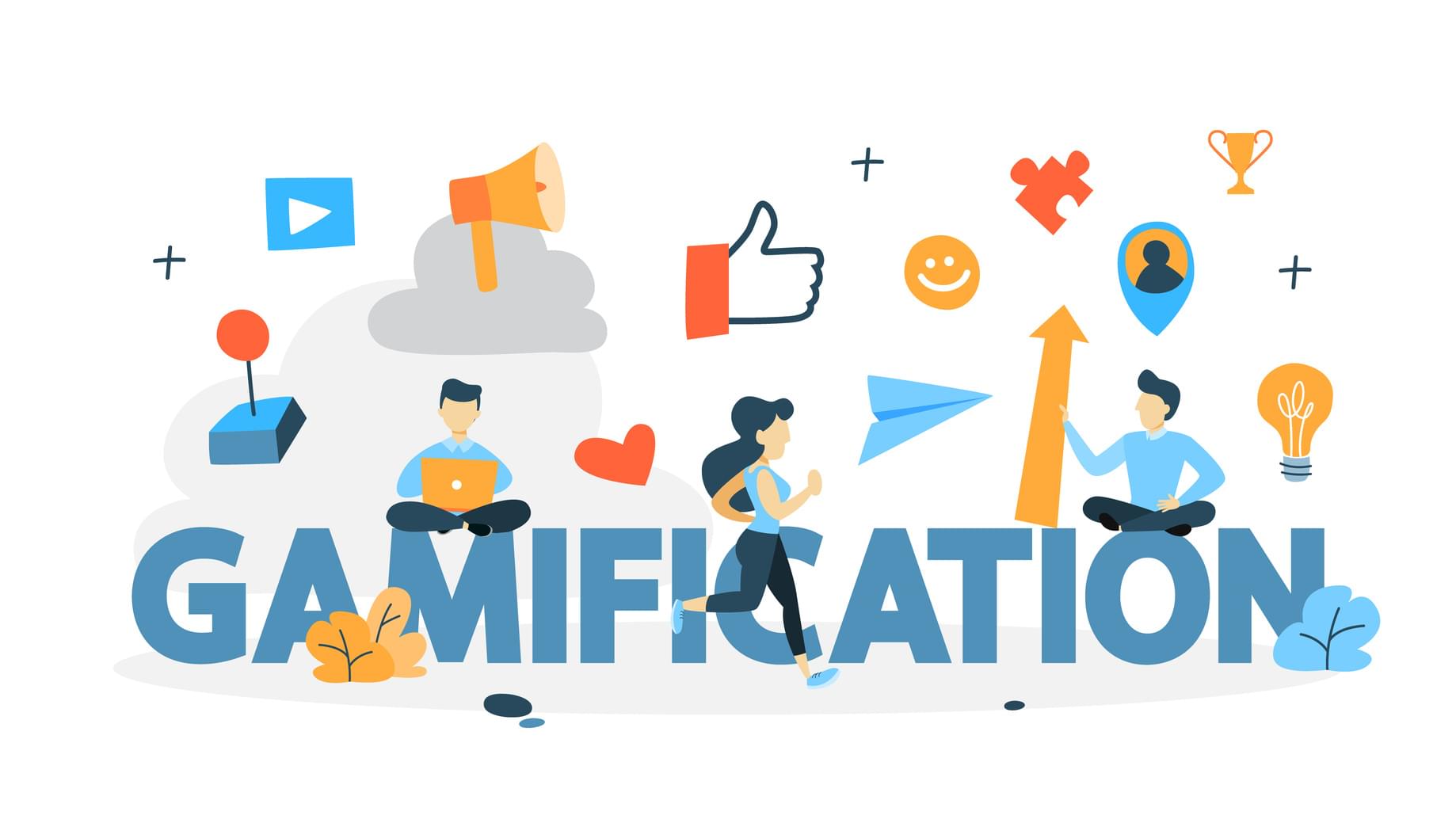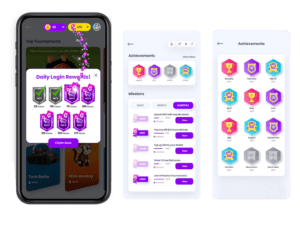Gamification is more than just points, badges, and leaderboards. It refers to the practice of incorporating game elements, mechanics and principles and introducing them to non-game environments in order to engage users more effectively. In other words, it takes the fun, engaging parts of games and applies them to real-world, non-game activities.
Websites, online learning modules, organizational intranet, and numerous other digital avenues use gamification to inspire more focused interaction with the content, as well as collaboration and sharing of data among users.
When asking “what is gamification?”, think of how you feel when playing a game like Angry Birds. You were focused on the game, distracted from everything else in the world, and time passed by faster than you thought. Every level you cleared by winning gave you a little thrill of accomplishment.
Gamification aims to generate that feeling while people engage in more productive, sometimes mundane activities – online learning, recruitment, training, reorienting organizational productivity and more.
Why does gamification work?
The question “what is gamification” doesn’t make much sense without a bit of a deep-dive into why gamification is successful in the first place.
To quote Yu-kai Chou, “Good gamification doesn’t start with game elements; it starts with our core drives.” These core drives, as outlined in his blog, are summarized as follows:
- Epic meaning & calling: Give people the sense that they are part of something bigger than themselves.
- Development & accomplishment: Caters to the human desire to overcome a challenge and obstacle, achieve progress and be rewarded for it.
- Empowerment of creativity & feedback: Allow people to express themselves creatively and see immediate feedback on their efforts.
- Ownership & possession: Make people owners of what they do, which drives them to get better at it.
- Social influence & relatedness: Incorporate social elements fundamental to human behaviour – mentorship, acceptance, social responses, companionship, as well as competition and envy.
- Scarcity & impatience: Give people something they can’t immediately haven thus making them want it more.
To quote Yu-kai, “This is the Core Drive utilized by Facebook when it first started: at first it was just for Harvard. Then it opened up to a few other prestigious schools, and eventually all colleges. When it finally opened up to everyone, many people wanted to join because they previously couldn’t get in it.” - Unpredictability & curiosity: Leverage the human curiosity and anticipation that comes from not knowing what will happen next.
- Loss & avoidance: Utilize the human desire and instinct to avoid negative outcomes.

Essentially, gamification is “Human-Focused Design,” as opposed to “Function-Focused Design.” To gamify a digital platform, developers, testers and other stakeholders have to ask themselves “What will motivate human users to interact and engage with our content?” They can no longer just prioritize efficiency in order to get the job done. They have to care about what people enjoy, and what causes them to emotionally respond to the content at hand.
Common Terms Associated with Gamification
Game Mechanics: This term refers to principles, guidelines, rules and rewards that show up on a digital platform to drive user behaviour. Mechanics may comprise levels, badges, progress trackers, missions, quests, certificates, etc. They are the components via which individuals exist with the gamified interface, advance and receive feedback.
Game Dynamics: This refers to the behaviour, emotional responses and desires that the game dynamics intend to elicit within the users of the gamified app or website. For example, competition can be encouraged between participants through individual quests or collaboration between them through team missions. Badges and coupons can be useful for raising individual or team morale. Game dynamics are the aim that game mechanisms intend to meet when implemented in the gamify process.
The Value of Gamification in Business
When leveraged effectively, gamification can influence human behaviour, motivate them in specific ways and drive desirable business results. By facilitating easy and eager participation with business initiatives (sales training, upskilling within the company, etc.), an organization can encourage their employees to operate at their creative and productive best.
Additionally, gamified platforms can be used to drive higher engagement and positive brand associations from customers. If people have more fun when they are exploring a brand (whether just visiting their website or making an actual purchase), they are likely to think well of it, buy it’s products/services and recommend it to someone they know.
Furthermore, engagement with gamified portals generate significant data points that can, in turn, be used to optimize content strategies, performance marketing strategies and campaigns. Whether employee or customer interaction, gamification steps can be used as parameters by which to get more specific data points about what end-users like and are willing to put money and effort into.
For any organization seeking a robust digital presence, to gamify is to be future-forward. Within ever-dwindling attention spans, it is difficult to keep people interested in content that is not entertaining or compelling in some way. Implementing gamification is an effort-intensive but rewarding work-around, with advantages for everyone involved in the process.
Want to know more about gamification and how we can gamify your app? Contact us here.







5 replies on “What is Gamification?”
[…] is plenty of information out there to answer “What is Gamification?” However, given that it has become quite a buzzword among digital marketers and software […]
[…] discussed in a previous piece, gamification is the practice of incorporating game elements, mechanics and principles and […]
[…] customer interaction tactic through the ages.There is plenty of information out there to answer “What is Gamification?” However, given that it has become quite a buzzword among digital marketers and software […]
[…] To retain user attention, an increasing number of digital avenues (both apps and websites) have resorted to gamification. […]
Good post. I absolutely love this site. Keep writing!